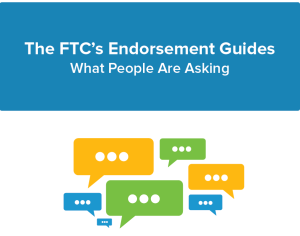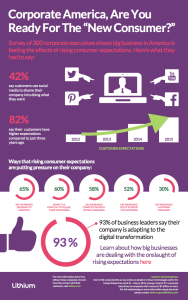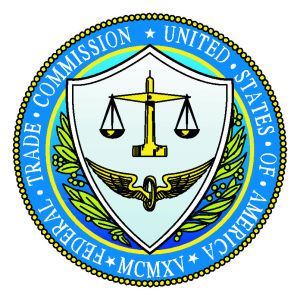For Porsche social media is not just an additional tool in order to connect to online-savvy audiences, it’s the backbone of their online strategy
Porsche is mining the always-on sensibilities of social media to encourage fans to share and consume content from one integrated platform, which is www.porsche.com . Porsche is using content curation tool Storystream to steer this efforts, building microsites that give fans a holistic view of what’s being said about certain car launches of campaigns worldwide.
 “We do not believe in a linear progression through a virtual funnel, but recognise that each customer chooses their individual path to form a purchase decision. We thus believe that Porsche must understand the specific needs of the customer in his individual situation and listen to signals he/she is sending in order to cater the right content at the right point in time. In order to work in this context, every bit of content needs to be responsive,” Porche’s digital marketing and dialogue manager and Deniz Keskin told The Drum.
“We do not believe in a linear progression through a virtual funnel, but recognise that each customer chooses their individual path to form a purchase decision. We thus believe that Porsche must understand the specific needs of the customer in his individual situation and listen to signals he/she is sending in order to cater the right content at the right point in time. In order to work in this context, every bit of content needs to be responsive,” Porche’s digital marketing and dialogue manager and Deniz Keskin told The Drum.
To accelerate the plan, Porsche is encouraging its agencies and ad tech vendors to get tighter to companies like Google, Facebook and Twitter in order to create content that fuels business goals. It’s an approach the car maker tries to balance with what it hopes are more agile ways of working directly with its marketing partners so that it can respond to communication challenges.
“Social media is more than an efficient and speedy way of communicating to a (primarily) younger target group. As a luxury manufacturer, we see more and more of our actual customers in that space,” said Keskin. The discipline is used to hit three key goals; building additional awareness for Porsche’s communications, amplifying the conversation around through brand ambassadors and listening to conversations that could become early signals for business issues.
“This is why we regard Social Media not only as an additional tool in order to connect to online-savvy audiences, but as the backbone of our online strategy,” said Keskin.









